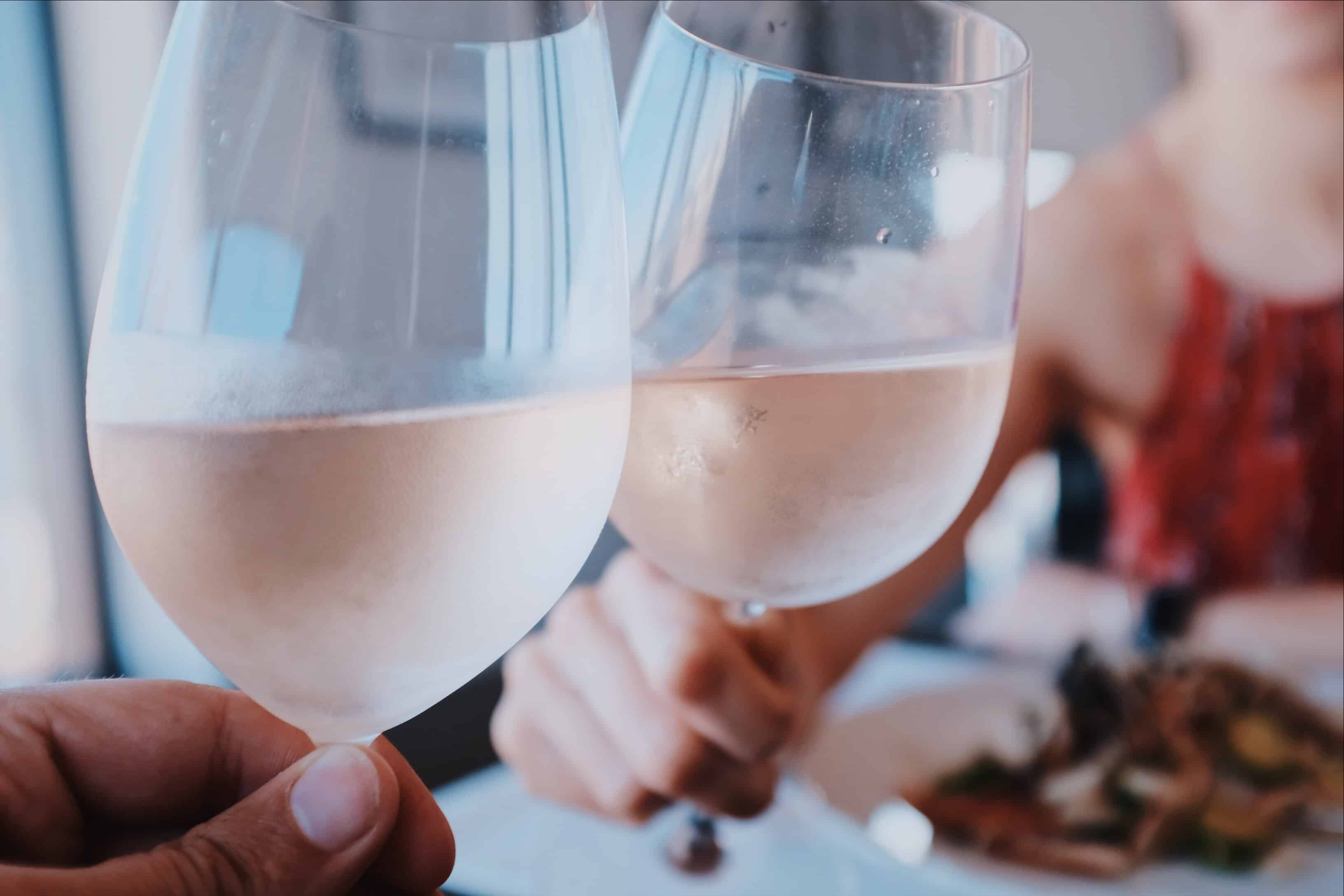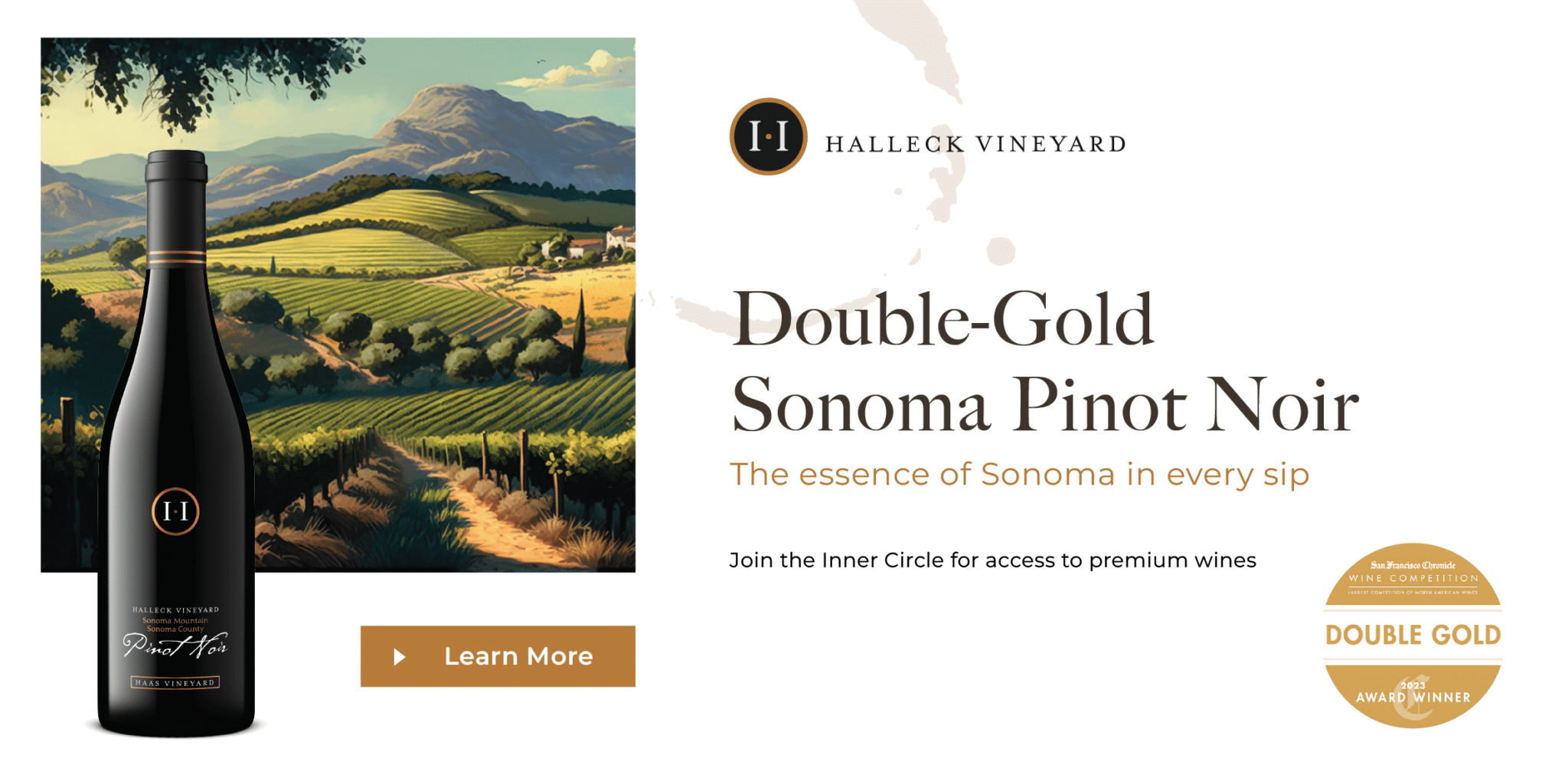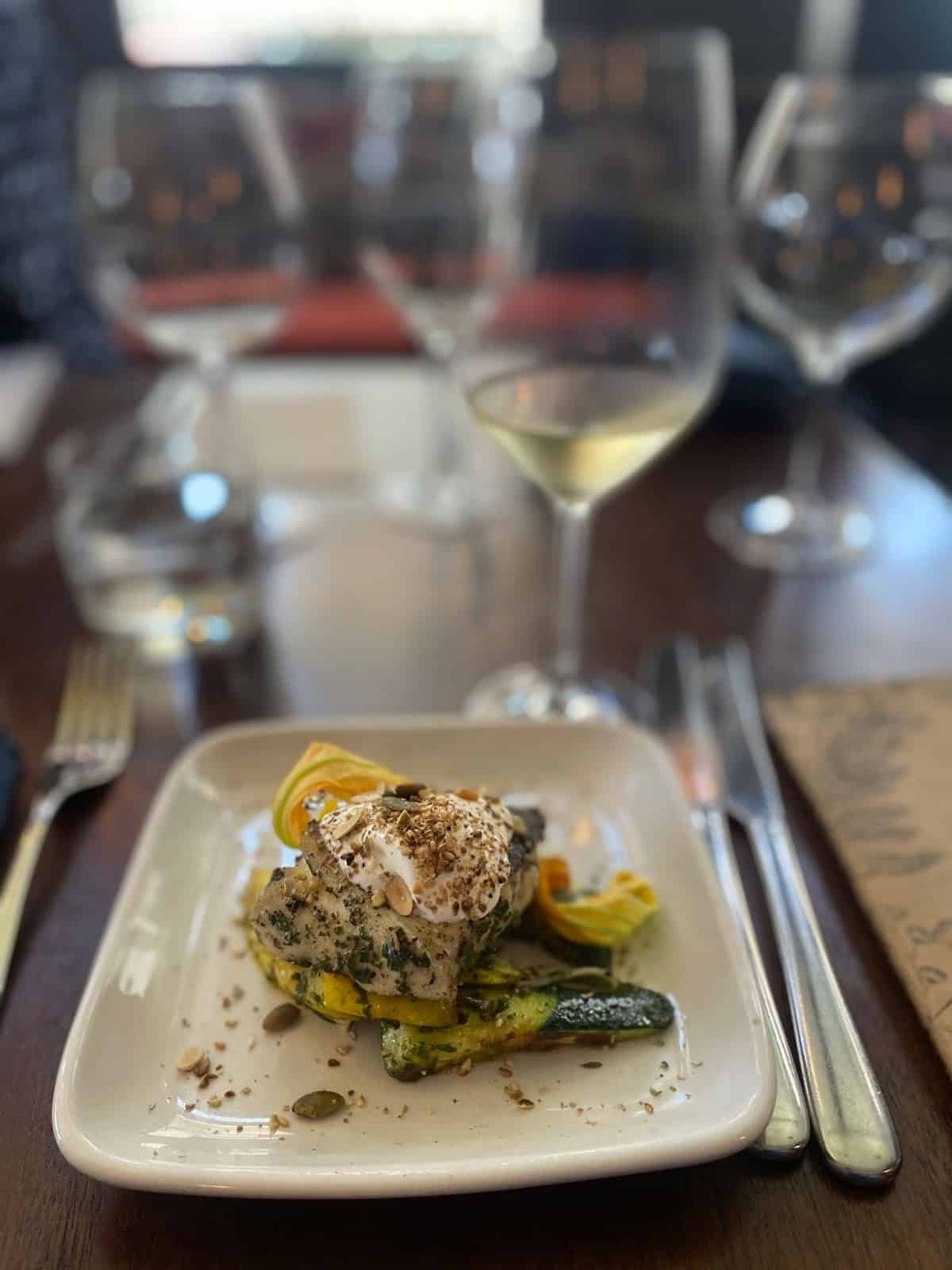Sonoma's Top Sparkling Wine Producers - Best Winery In Sonoma For Quality Wine
Wine tasting is an art that requires practice and an understanding of varied features concerned within the process. One crucial factor of wine tasting is the development and interpretation of tasting notes, which function a guide for each novices and seasoned connoisseurs. A Guide To Understanding Winery Wine Tasting Notes can improve your wine-tasting experience, making it more meaningful and pleasant.

Tasting notes are concise descriptions that seize the essence of a wine’s flavors, aromas, and overall character. Often composed by professional tasters, winery tasting notes provide insights into the nuances of assorted wines. They might help wine enthusiasts perceive what to expect from a specific bottle. Nonetheless, tasting notes can vary widely in style and element based mostly on the author's experience and palate.
Wineries Promoting Sustainable Farming - Unforgettable Wine Tastings In Sonoma
When you first method a glass of wine, your senses will begin to have interaction immediately. The sight, smell, and taste of the wine will converge to offer you an entire experience. Tasting notes typically begin with the visual assessment, the place the colour of the wine is taken into account. Color plays a significant role in indicating the wine’s age, grape selection, and even its flavor profile.
After assessing the visual aspect, the next step entails swirling the wine in the glass. This action aerates the wine, allowing its aromas to awaken. Smelling the wine supplies critical perception into its complexity. The preliminary sniff can deliver a flood of scents that may embrace fruity, floral, natural, or earthy notes. This is usually essentially the most subjective part of tasting, as individual experiences can dramatically differ.
In winery tasting notes, descriptors are often categorized into primary, secondary, and tertiary aromas. Major aromas usually stem from the grape selection, secondary aromas derive from fermentation processes, and tertiary aromas arise from getting older. Understanding these classes can help you recognize the depth of a wine, and they also provide the vocabulary to precise your experience higher.
Upcoming Wine Festivals In Sonoma County - Top Sonoma Wineries To Visit
Following the olfactory encounter, your focus will shift to the taste of the wine. This is the place the primary characteristics—sweetness, acidity, tannins, alcohol—come into play. Tasting notes usually detail these flavors in multiple dimensions, together with the preliminary attack in your palate to the lingering end on your tongue. A high-quality wine will present a harmonious steadiness between these factors.
While tasting, it's important to ponder the physique of the wine, which may be described as light, medium, or full. The physique contributes considerably to your general impression, serving to you think about how the wine pairs with food or whether it stands alone as a sipping wine. Balancing the physique with the other characteristics will provide you with a fuller understanding of what the wine has to supply.
The finish of the wine, additionally referred to as the aftertaste, is one other critical facet typically included in tasting notes. A long, pleasant end often signifies a better quality wine, while a brief or cloying aftertaste could suggest in any other case. Evaluating the finish can offer further perception into the wine's complexity and distinction.
Understanding the context of winery tasting notes can be useful. Tasting notes can present contextual details about the vineyard's location, climate, and grape-growing practices. This context provides another layer of appreciation for the wine, allowing enthusiasts to attach the sensory experience with its origins, thus enhancing the enjoyment additional.
Wineries With River Views - Sonoma Wine Culture
Many wineries present tasting notes on their websites or labels, usually written in an approachable but informative style. Nevertheless, not all winery tasting notes are created equal. Some may be overly technical, while others might prioritize marketing aptitude over insightful analysis. Studying to navigate these notes can arm you read this post here with the data to make knowledgeable choices when deciding on wines.
Collaborating in tastings at wineries also can deepen your understanding of wine tasting notes. Interacting with knowledgeable employees can give you a extra hands-on method to exploring totally different wines and the language used to describe them. Unique Wine Blending Experiences In Sonoma. You May have the chance to ask questions, have interaction in discussions, and doubtlessly refine your palate in actual time.
Experimentation is crucial for mastering wine tasting notes. As you sample different wines, strive making your personal notes. Focus on describing the wine’s color, aroma, style, and finish. Over time, you’ll develop a private vocabulary that resonates with your sensory experiences. Every note you create will help refine your palate, permitting you to appreciate wines at a deeper stage.
Wineries That Host Harvest Festivals - Exploring Sonoma's Wine Landscape
In conclusion, a Guide To Understanding Winery Wine Tasting Notes offers a comprehensive framework for diving into the world of wines. It equips you with the methods and language necessary to articulate your experiences. Whether you are a informal drinker or a devoted aficionado, understanding and utilizing tasting notes can profoundly impression your wine journey. This knowledge not solely enhances your enjoyment but also connects you deeply with the rich narratives every bottle tells. By embracing this journey, you turn More about the author into a part of the beautiful mosaic of wine tradition, the place every sip unveils a model new story ready to be discovered.
- Wine tasting notes typically encompass a selection of sensory descriptions, including aroma, flavor, acidity, physique, and finish, allowing tasters to fully appreciate the wine's characteristics.
- To enhance your understanding, familiarize yourself with frequent wine terminology corresponding to "tannins," "oakiness," or "terroir," which can help decipher the notes extra successfully.
- A systematic method to tasting entails first visually assessing the wine's color and readability, adopted by swirling to launch aromas, then inhaling and describing what you experience.
- Taking notes throughout tasting might help establish patterns over time, enhancing your palate and making it easier to recall preferences for future choices.
- Don't overlook the affect of food pairings; tasting notes can differ tremendously when a wine is enjoyed with complementary flavors, altering notion and pleasure.
- Pay attention to the wine’s vintage, as weather conditions in a given 12 months can considerably affect the final product, including another layer to the tasting notes.
- Consider the winemaker's style and philosophy, which may shape the wine's profile and influence how its notes evolve with every sip.
- Training with different grape varieties can broaden your vocabulary; every sort brings distinctive characteristics that may improve your capacity to articulate tasting notes effectively.
- Partaking with wine professionals or attending tasting events can present useful insights, providing a richer context for understanding personal tasting notes.
- Remember that tasting is subjective; particular person preferences and experiences will shape one’s interpretation of the identical wine, enriching the general enjoyment of wine exploration.
What are wine tasting notes?
Wine tasting notes are descriptive feedback made by tasters in regards to the appearance, aroma, taste, and end of a wine. They present an outline of the wine's traits and might help shoppers perceive the style and high quality of the wine.
Family-Oriented Wine Tasting Venues In Sebastopol - Sonoma Wine Tastings
Why are tasting notes necessary when deciding on wine?
Tasting notes can guide you in selecting a wine that suits your palate. They present insights into flavors and aromas, helping you to match wines with food or occasions. Understanding these notes enhances your total wine experience.
How should I learn wine tasting notes?
(Charming Wineries Offering Wine And Food Pairings)
Wineries With Locally Sourced Food Options - Family-Owned Wineries In Sonoma

When studying wine tasting notes, take note of the structure: look for descriptions of colour, aroma, flavor, and finish. This will allow you to grasp the wine's profile and determine if it aligns together with your preferences.
What terms generally appear in wine tasting notes?
Common phrases include "tannin" (the structure), "acidity" (the crispness), "body" (the weight), and varied flavor descriptors like "fruity," "earthy," or "spicy." Familiarizing your self with these phrases can deepen your understanding of wine.
Unique Wine Blending Experiences In Sonoma - Sebastopol Wine Tours And Vineyards
Am I Able To create my very own tasting notes?
Yes! Writing your own tasting notes can enhance your wine tasting experience. Focus in your observations of taste, aroma, and different sensory traits. This personal practice can help you refine your palate over time.
How do I establish the aromas in wine tasting notes?
Wineries Providing Guided Vineyard Walks - Wineries With Outdoor Tastings In Sebastopol
To establish aromas, practice smelling a selection of scents and associating them with wines. Swirl the wine in your glass to release its aromas, then take a second to breathe in deeply earlier than identifying any prominent scents.

What is the difference between professional and personal wine tasting notes?
Professional tasting notes might use extra technical language and specific terminology, while personal tasting notes are subjective and reflect individual experiences. Both are valuable for understanding and having fun with wine, however personal notes could resonate extra along with your distinctive tastes.
How can tasting notes enhance my wine appreciation?
Wineries Offering Private Events - Sonoma Wine Culture
Tasting notes can improve your appreciation by serving to you to know and articulate the complexities of wine. They encourage aware tasting and provide a framework for comparing different wines, resulting in a richer enjoyment of the beverage.
Are there any apps or instruments to help with wine tasting notes?
Sure, there are several apps designed to help users report and arrange their tasting notes. These tools often provide features like flavor wheel guides and wine database searches, making it simpler to trace your journey through completely different wines.